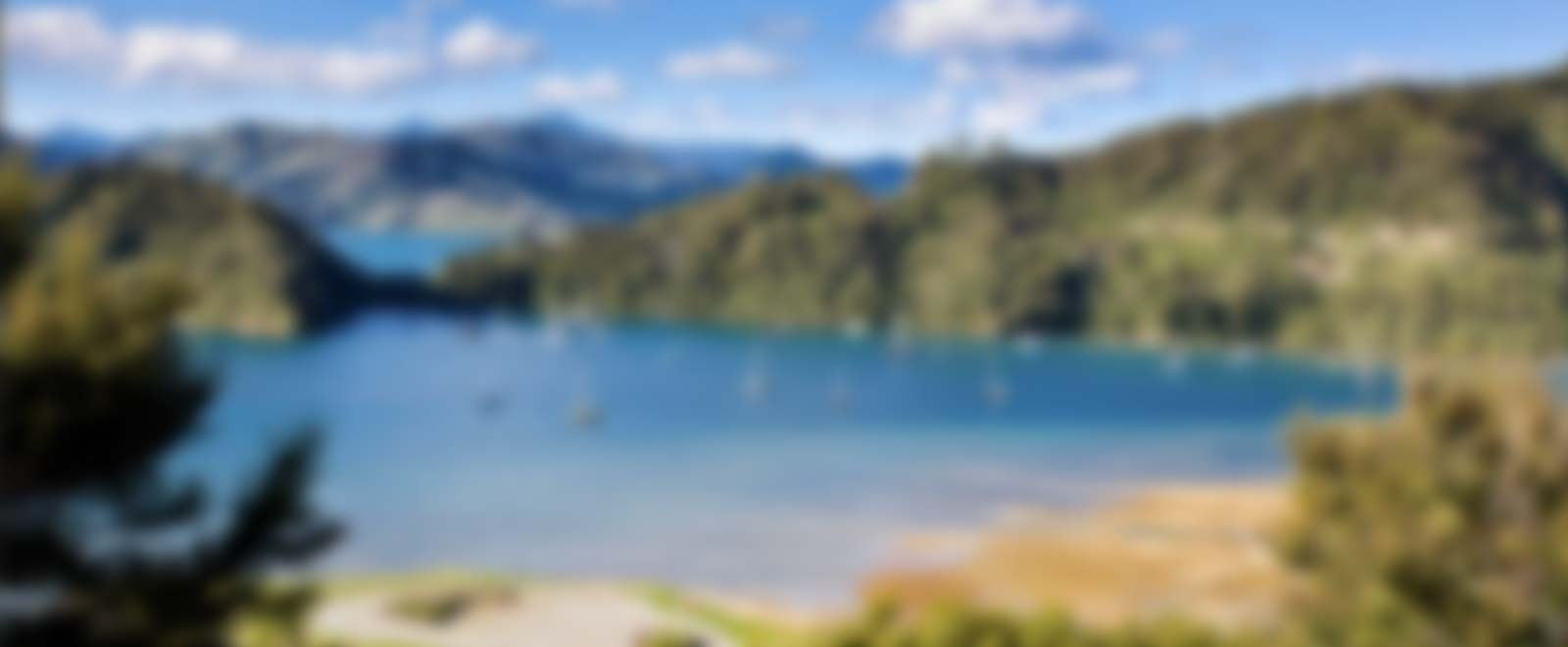This bay receives its name from its steep terrain that is subject to slips.
At one point it was part of the large property, Starmount, later owned by Frank Daken who constructed a woolshed and sheep-yards in the bay.
The rocky reef to the north of the bay is known as the Knobbies. It was once a nesting place for white-fronted terns.
The bay on the other side of the Knobbies, between Tumbledown Bay and Hakana Bay is known as Kanae Bay.
It is said to be named after Te Kanae, a Ngāti Toa rangitira or chief who had his kainga or village in this area in the 1840s.1
Te Kanae was one of the signatories to the Herald (Bunbury) sheet of the Treaty of Waitangi on 17 June 1840, on board HMS Herald when it was anchored in Port Underwood.2
Local pronunciation of the bay is commonly given as ‘Gunnais’. It has been suggested this stems from Te Kanae’s nick-name of ‘Gun-eye’.3
Kanae is also the Māori name for the grey mullet (mugil cephalus) a fish found throughout the world with New Zealand as its southern limit. Traditionally these fish were considered a nutritious source of food for Māori.4
1. James R. Eyles, Place Names of Port Underwood- a post European History (Picton: October Enterprises, 2002) 45-46.
2. “Te Kanae”, Ministry for Culture and Heritage, accessed March 3, 2019, https://nzhistory.govt.nz/politics/treaty/signatory/7-20 .
3. Michael M Trotter, Port Underwood Archaeological Survey (Christchurch: Canterbury Museum, 1976) 16.
4. “Kanae”, NIWA (National Institute of Water and Atmospheric Research), accessed March 12, 2019, https://www.niwa.co.nz/our-science/freshwater/tools/kaitiaki_tools/species/kanae .



